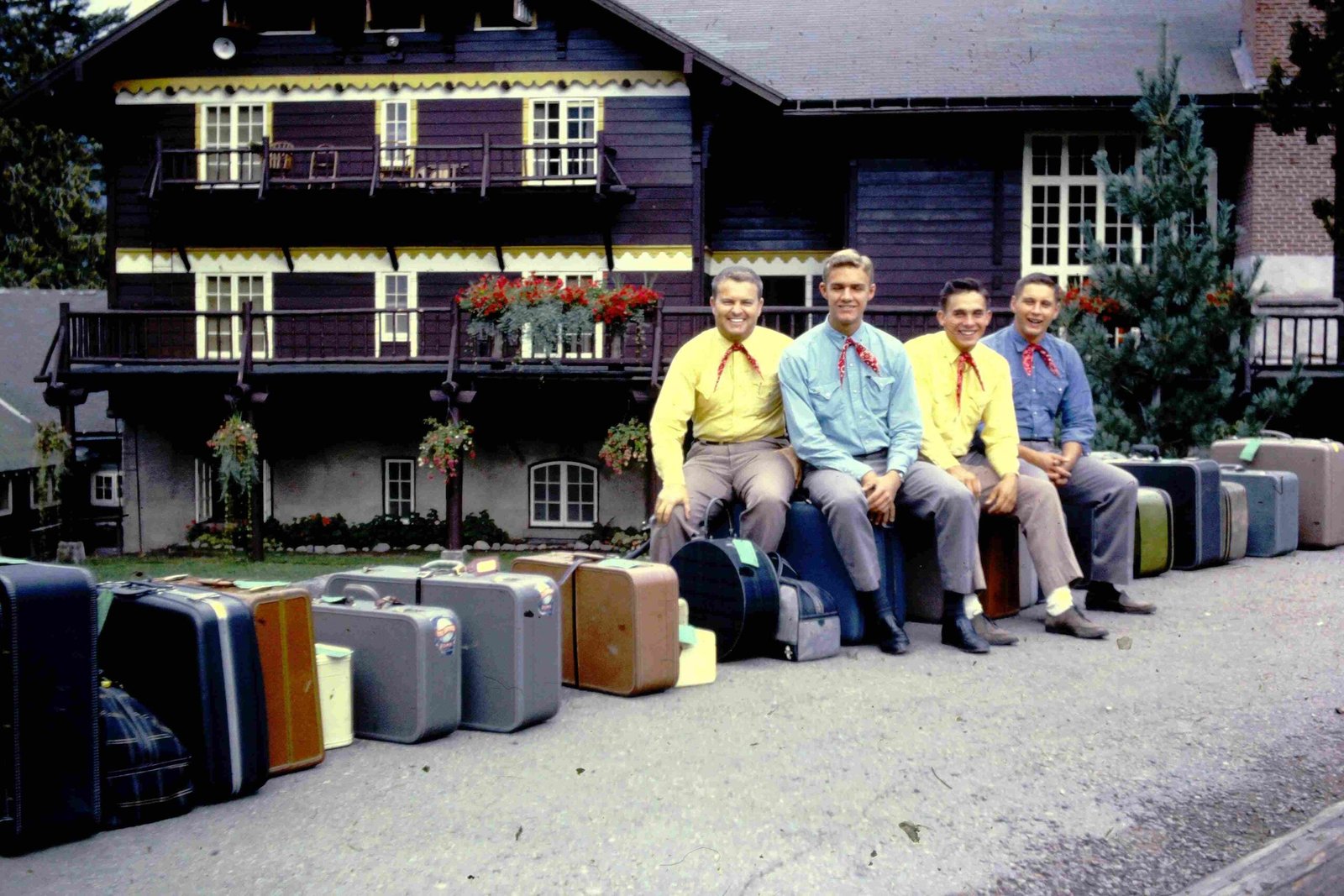Glacier National Park’s geological history spans over 1.6 billion years, featuring a complex timeline of rock layers. These layers, formed through sedimentation, tectonic activity, and glaciation, tell the story of ancient seas, mountain-building events, and ice ages. The park’s unique geological formations, including the Belt Supergroup and the Lewis Overthrust, provide a fascinating glimpse into Earth’s distant past.
What Are the Oldest Rock Layers in Glacier National Park?

The oldest rock layers in Glacier National Park date back to the Precambrian era, specifically the Mesoproterozoic period, about 1.6 billion years ago. These ancient rocks form the foundation of the park’s geological timeline:
- Altyn Formation: Approximately 1.2 billion years old
- Composition: Limestone and mud cemented by calcium carbonate
-
Significance: Indicates shallow water conditions in the ancient Belt Sea
-
Appekunny Formation: Slightly younger than the Altyn Formation
- Composition: Argillite and quartzite
-
Significance: Represents deeper water deposits
-
Grinnell Formation: Follows the Appekunny Formation
- Composition: Red and green argillite, quartzite
- Significance: Shows evidence of shallow water and tidal flat environments
These formations are part of the Belt Supergroup, a massive sequence of sedimentary rocks that extends throughout much of western Montana and neighboring regions.
How Did the Siyeh Formation Contribute to the Park’s Geology?

The Siyeh Formation, deposited slightly less than a billion years ago, plays a crucial role in Glacier National Park’s geology:
- Age: Approximately 950-850 million years old
- Composition: Limestone, dolomite, and argillite
- Thickness: Up to 4,000 feet thick in some areas
- Key Features:
- Contains stromatolites (fossilized blue-green algae colonies)
- Forms many of the park’s bold cliffs and mountain tops
- Provides evidence of shallow, warm waters during deposition
The Siyeh Formation’s resistant nature has contributed significantly to the park’s dramatic landscape, creating towering peaks and sheer cliffs that define Glacier’s iconic scenery.
What Major Geological Event Shaped the Park’s Mountains?
The Lewis Overthrust, a major tectonic event, dramatically shaped Glacier National Park’s mountains:
- Timing: Occurred approximately 170-60 million years ago
- Process: Older rocks were pushed eastward over younger rocks
- Scale:
- Width: Over 50 miles
- Length: Approximately 300 miles
- Thickness: Up to 4 miles
This event resulted in older Precambrian rocks being positioned on top of much younger Cretaceous rocks, creating the unique geological structure seen in the park today.
| Aspect | Details |
|---|---|
| Age of Overthrust | 170-60 million years ago |
| Direction | Eastward |
| Displacement | Up to 50 miles |
| Affected Area | 300 miles long, 50 miles wide |
| Thickness of Displaced Rock | Up to 4 miles |
The Lewis Overthrust is responsible for the park’s distinctive mountain formations and the exposure of ancient rock layers that would otherwise be buried deep beneath the surface.
How Did Glaciation Influence the Park’s Landscape?
Glaciation has played a pivotal role in shaping Glacier National Park’s current landscape:
- Pleistocene Glaciation:
- Began approximately 2 million years ago
- Multiple advances and retreats of large ice sheets
-
Carved U-shaped valleys, cirques, and outflow lakes
-
Little Ice Age:
- Occurred between 1400-1850 CE
-
Formed the park’s current glaciers
-
Modern Glaciers:
- Formed in the last 6,000-7,000 years
- Continuing to shape the landscape, albeit at a diminishing rate due to climate change
Glacial activity has been responsible for creating many of the park’s most iconic features, including:
- U-shaped valleys like the Lake McDonald Valley
- Cirques (bowl-shaped depressions at the head of a glacier)
- Arêtes (narrow ridges between glacial valleys)
- Horns (sharp, pyramid-like peaks)
- Glacial lakes and tarns
What Are the Youngest Rock Formations in the Park?
The youngest rock formations in Glacier National Park are found along its eastern edge:
- Age: Approximately 70 million years old
- Type: Sedimentary rocks
- Origin: Deposited by the Western Interior Seaway
- Composition: Primarily mudstone shale
- Significance: Contains marine fossils, providing evidence of the ancient seaway that once covered the region
These younger formations offer a stark contrast to the much older Precambrian rocks that dominate most of the park, highlighting the diverse geological history of the area.
How Can Visitors Explore the Rock Layers at Glacier National Park?
Visitors to Glacier National Park have several options for exploring its fascinating rock layers:
- Guided Geological Tours:
- Offered by the park service
- Provide expert interpretation of geological features
-
Available at various difficulty levels
-
Self-Guided Hikes:
- Many trails offer views of different rock formations
-
Popular routes include:
- Highline Trail
- Iceberg Lake Trail
- Grinnell Glacier Trail
-
Scenic Drives:
- Going-to-the-Sun Road: Crosses the Continental Divide, offering panoramic views of geological features
-
Many Glacier Road: Provides access to the park’s northeastern section
-
Visitor Centers:
- St. Mary Visitor Center
- Logan Pass Visitor Center
- Offer exhibits and information on the park’s geology
| Activity | Description | Difficulty |
|---|---|---|
| Guided Tours | Expert-led exploration of geological features | Varies |
| Hiking | Self-guided trails to view rock formations | Easy to Strenuous |
| Scenic Drives | Road-based viewing of geological landscapes | Easy |
| Visitor Centers | Indoor exhibits and educational displays | Easy |
When planning your visit, consider:
– Seasonal accessibility (some areas are closed in winter)
– Physical fitness requirements for hiking
– Booking guided tours in advance during peak season
By exploring these options, visitors can gain a deeper appreciation for the complex geological history preserved in Glacier National Park’s rock layers, from the ancient Belt Sea deposits to the more recent glacial sculpting.
References:
1. http://npshistory.com/publications/glac/rocks-glaciers.pdf
2. https://www.nps.gov/glac/learn/nature/geologicformations.htm
3. https://www.countrywalkers.com/blog/a-brief-1-6-billion-year-history-of-glacier-national-park/